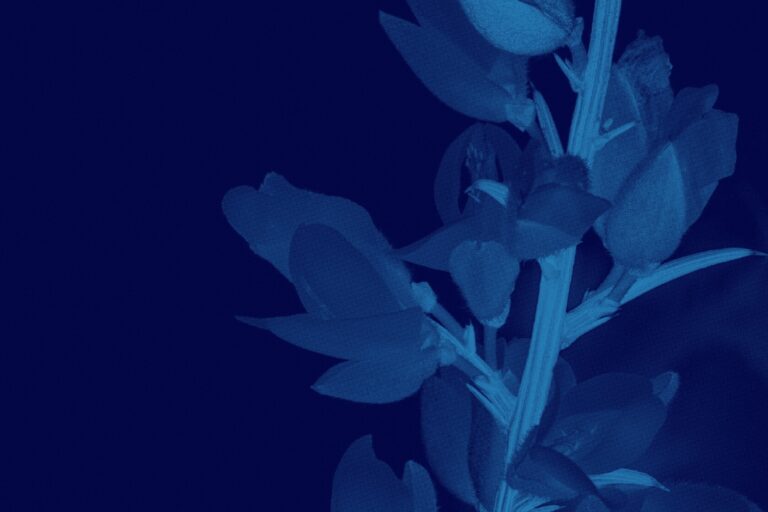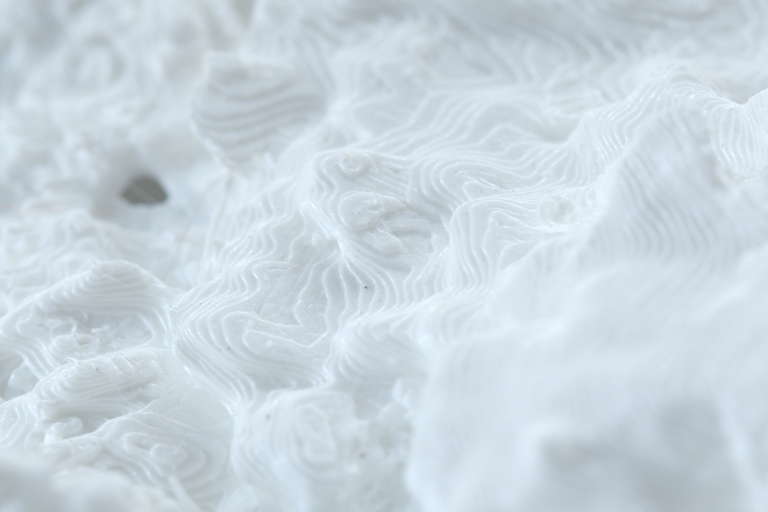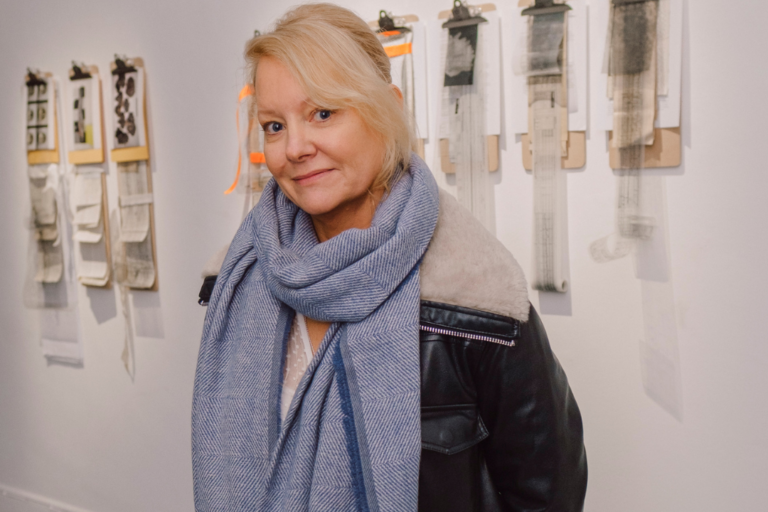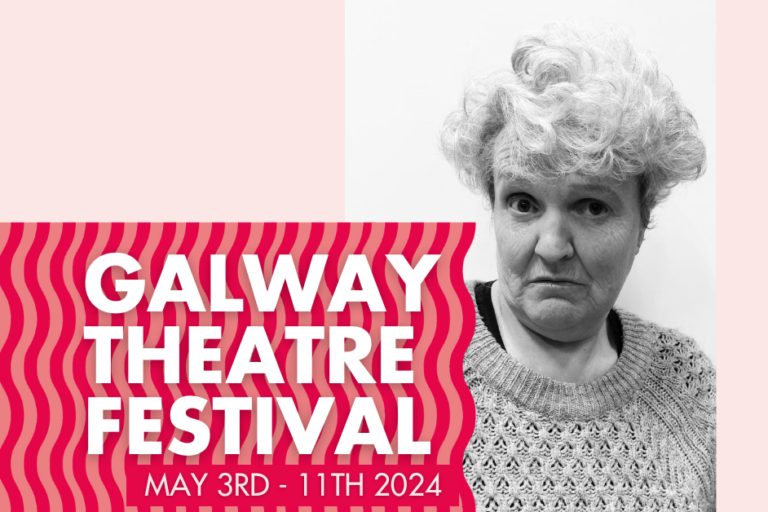Event Details
Dates
05/11/2021 – 21/11/2021
Location
Galway Arts Centre
Event Type
Exhibition,
TULCA Festival of Visual Arts is pleased to present: there’s nothing here but flesh and bone, there’s nothing more, curated by Eoin Dara.
Festival dates: 5 – 21 November 2021, pending government restrictions and public health advice.
Contributors to there’s nothing here but flesh and bone, there’s nothing more are artists, filmmakers, writers and poets:
Sophia Al-Maria, Claire Biddles, Renèe Helèna Browne, Miriam de Búrca, CAConrad, Mariah Garnett, Lauren Gault, Patrick Hough, Adrien Howard & K Patrick, Jasmine Johnson, Vishal Jugdeo & vqueeram, Stanya Kahn, Theodore Kerr, Sekai Machache, Mira Mattar, The Many Headed Hydra, Mícheál McCann, Tonya McMullan, Harun Morrison, Isobel Neviazsky, Laura Ní Fhlaibhín, Nisha Ramayya, Amanda Rice and Jay G Ying.
there’s nothing here but flesh and bone, there’s nothing more will unfold gently across different sites in the city in November including the An Post Gallery, Galway Arts Centre, Columban Hall, 126 Artist-Run Gallery, Nun’s Island Theatre, and Pálás Cinema.
This project is an aggregate of many unwieldy things including wet caresses, soft affection, immortal loves, necessary resistance, quiet rest, careful togetherness, boundless longing, abiding loss, honeyed scents, close correspondence, vocal exaltation, enduring solidarity, unexpected intimacies, ecstatic whispers and deep tenderness.
Everyone is warmly invited to this unfolding, to be touched by new artworks and ideas temporarily inhabiting Galway at the beginning of an unknowable winter.
GALWAY ARTS CENTRE
Miriam de Búrca
Installed across the ground floor galleries is a new body of work in painting and drawing by Galway-based artist Miriam de Búrca. This work focuses on unmarked burial sites across Ireland called cilliní which were used to bury unbaptised babies and other souls considered ‘unsuitable’ for consecrated ground. Unmarried mothers, the mentally ill, queer people, unknown strangers, disabled children (or changelings, as they were known), and excommunicates were all laid to rest here, exiled to a state of eternal limbo. The sites that held these souls were shaped by a church that outlawed their remembrance; their locations and inconspicuous, unremarkable topography aimed to deflect attention, to disappear them. With this in mind, de Búrca proposes that a cillín is not a landscape; it is negative space, a blind spot in our psyche, a site of oblivion. In her practice, she works to make these spaces visible in different ways. One method she employs sees her select samples of plant life that grow from these grounds, and make detailed drawing studies of this flora as a way of interrogating the land and the charge that it holds. “Despite being all but eliminated from the national consciousness, cillíní are omnipresent — they are part of the land we walk on (often without realising), they are the holes in our inherited memory and in the moral and social values of contemporary Ireland. I want to rematerialise them; bring them back from the projection of nothing-and nobodiness that led to their formation in the first place. Drawing attention to cillíní disassembles what drove their function, namely to ensure that they and their interred do not make a connection or speak to the living, neither physically nor in memory. I see their representation as an act of reaching out and making them tangible again.”
Stanya Kahn
Completed shortly before the pandemic, Stanya Kahn’s film No Go Backs (33min, 2020), shot on Super 16mm film with an original sound score with no dialogue, follows two teenagers (and real life friends) who leave the city for the wild. Traveling north into the Eastern Sierra’s monumental landscapes, the pair traverse the haunted precarity of a collapsed world, in dreamlike states of distraction, malaise, and resilience. Braving harsh weather systems and difficult terrain minimally prepared, they travel quietly along sites connected to California’s historic water wars in the early 1900s — conflicts between farmers, ranchers, and Los Angeles city government over water diversion projects which still impact the region today. The two eventually encounter other youth along the way, forming camaraderie in facing the unknown. A timely indictment of current crises and a meditation on an uncertain future, No Go Backs is a compressed, allegorical epic about an entire generation that must somehow make a new way forward.
Jasmine Johnson
A display of new drawings by artist Jasmine Johnson fills two thirds of the upper galleries at GAC, exploring the artist’s ongoing interest in love, care, addiction and loss, particularly focusing on these experiences during times of extreme isolation over the last 18 months. These artworks explore the realities of becoming newly alone in the context of the COVID 19 pandemic. They step off from messages and photographs sent to the artist from different queer friends and loved ones living in cities around the world during various national lockdowns. Johnson then made careful analytical studies of these domestic snapshots from their own isolated space to create this new series of work. “I was in correspondence with friends, or friends of friends who were negotiating breakups. One in particular had gone back to Australia for lockdown and was in a hotel for a two week quarantine. I’d seen pictures of her hotel room on instagram. She had set up what she called an altar. She had a select number of objects to make her serene and safe. I asked her to send me photographs.” The drawings capture in careful detail personal objects and ephemera which at first may seem commonplace or mundane. However, the longer one looks at these artworks, the more they reveal themselves to be highly charged with deep human emotion and connection. “These are the objects we busy ourselves with: the vibrator, the candle, sage, incense, the Sara Ahmed book. Together they add up to a picture of a person.” As well as these studies of other people’s environments, Johnson also turns their attention to the domestic spaces they have been moving through lately: “There is another drawing, of a t-shirt that was given to my lover by an ex, she loved him, she wears it. It was hanging on a door handle and light came through a crack in the curtain. The t-shirt was glowing, it was full of love.”
Tonya McMullan
For TULCA this year artist Tonya McMullan has created a scent for the festival which appears close to the entrance of each exhibition venue across the city. This artwork, titled There’s something in the æther, takes the form of a limited edition perfume (and accompanying scented hand sanitiser) for you to sample, smell and wear if you wish. It contains water from the Corrib river; honey from Galway bees; rainwater from Edinburgh; and a careful mix of hedione, geosmin, and isoamyl acetate. The particular chemical compounds in this scent have been selected to encourage our bodies to consider togetherness and intimacy in new ways after such a long period of isolation over the course of the pandemic. Beside the scent in each venue you will find a postcard with further details on this olfactory proposition.
Loving Correspondence
You will also find a letter written by Theodore Kerr at the entrance to the gallery downstairs. This text forms part of the publication for TULCA 2021, which comprises a small folio of intimate correspondence written over the past year from writers and poets in different parts of the world including Sophia Al-Maria, Claire Biddles, CAConrad, Theodore Kerr, Sekai Machache, Mira Mattar, Mícheál McCann, Nisha Ramayya and Jay G Ying. These are letters of love and longing, written towards someone or something just out of reach.
Further letters are on display at the other festival venues, as well as in the windows of Galway City Library.
You can purchase the full set of letters in person at the An Post gallery, or online at tulca.ie.
50% of the proceeds from all sales of the publication will be donated to Medical Aid for
Palestinians. You can find out more about their work at map.org.uk






